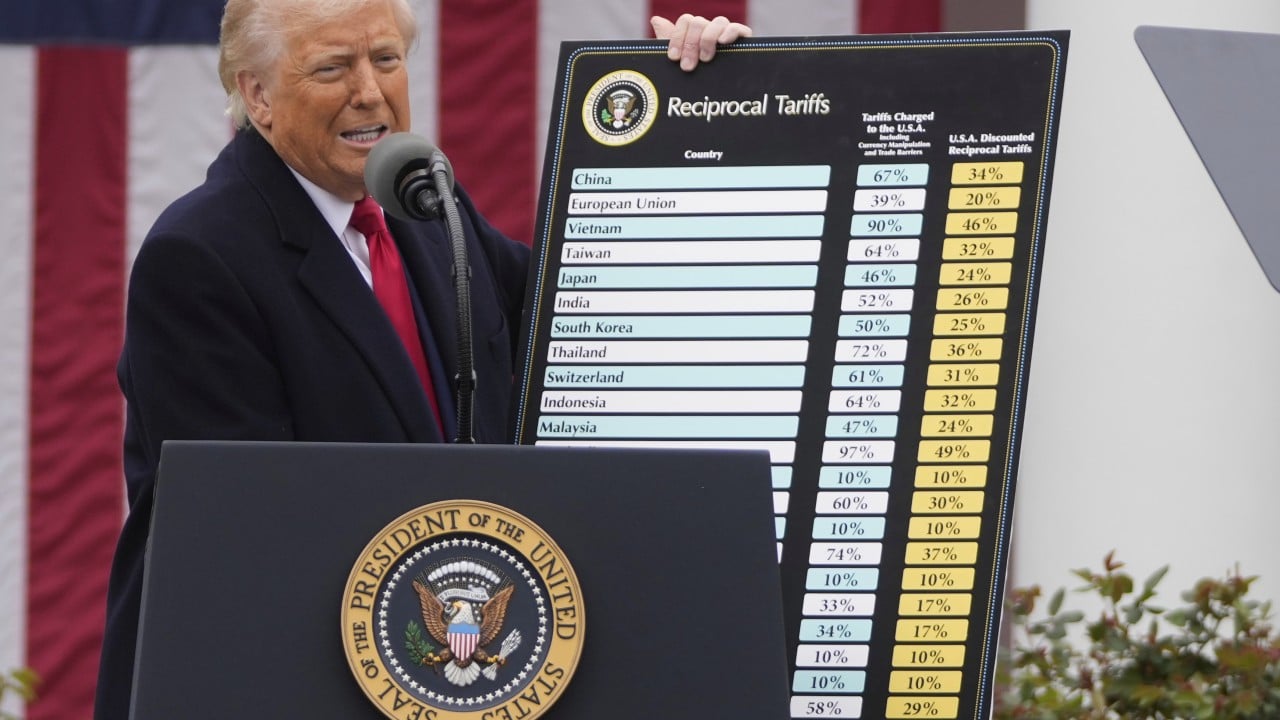The first 100 days of US President Donald Trump’s second term have demonstrated that the world and its trading system are worse off because of his so-called reciprocal tariff policy, announced on April 2. Apart from threatening to upend the global trade order and its rules-based system, the uncertainty introduced has already proved costly to America and its trading partners.
Advertisement
Though the discussion has focused on the potential negative impacts, there could well be a silver lining to the turmoil. While global welfare will be reduced by the overall increase in uncertainty and protectionism, there will be winners and losers, depending on how countries respond to this policy.
Retaliatory actions are unlikely to be helpful unless they can force the perpetrator to back down (which appears unlikely) or hasten the need for negotiations. In the interim, retaliatory tariffs will add to costs and the risk of escalation. Any potential benefit will depend on what exactly the negotiations produce and how countries use them.
If the negotiations result in tariff rate reductions, then this could be a net positive for both countries. As tariffs have been falling, non-tariff barriers have risen in unison and their dismantling could significantly encourage trade. Therefore, countries could use the pretext of targeting non-tariff barriers to confront entrenched vested interests at home that have successfully lobbied for protection, sometimes securing it for decades.

The Trump administration has stated that the 46 per cent tariff on Vietnam, for instance, is designed to address its non-tariff barriers. If this approach succeeds, costly distortions would finally be addressed. The industries likely to be affected vary across Southeast Asian nations but could include the most heavily protected such as agriculture (rice), cars (with “national” and protected projects in Malaysia and Vietnam) and various service sectors, including telecoms, transport, energy, retail and finance. In addition to tariffs, if negotiations address licensing and foreign-ownership restrictions in the service sectors, these reforms would deliver significant and mutual benefits.
Advertisement
Negotiations are reportedly ongoing with China, India, Japan, South Korea and Vietnam, although unilateral offers have been made by many, including Cambodia, while others like Malaysia have sent delegations to Washington. A framework agreement with the United Kingdom that could lead to a comprehensive free-trade agreement was announced on May 8, indicating reductions in tariffs on autos, metals and pharmaceuticals while retaining the blanket 10 per cent tariff.

